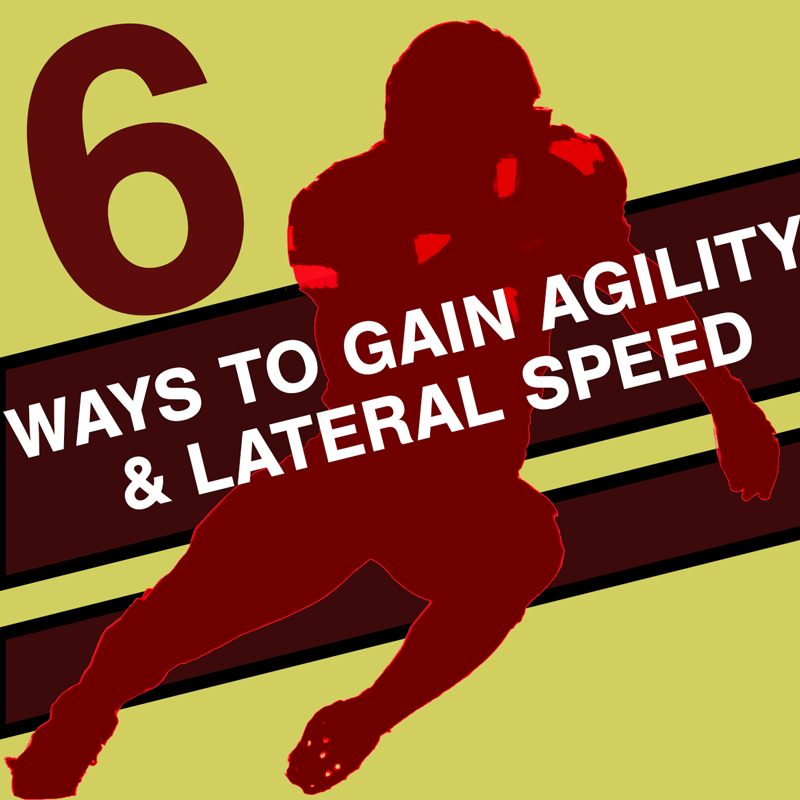6 Ways to Improve Agility and Lateral Speed

There is no question that simply playing a sport will improve agility and lateral speed. There is also no question that at the high school level, there are many genetically-gifted athletes who will possess exceptional agility and lateral speed without ever stepping foot in a weight room. These truths aside, there are many methods of increasing these essential athletic qualities that will help any athlete beyond their natural talent or how much they practice their sport.
Learning proper movement skills is, of course, essential to moving quickly, and this is one of the primary jobs of the sports coach. Likewise, it’s also important for the athlete to become a student of the game. Al Vermeil, a former strength coach for the Chicago Bulls, said that Michael Jordan spent considerable time studying the movements of his opponents so he would best know how to challenge them in a game.
Sports skills and game preparation aside, there are many other steps that can be taken to dramatically improve agility and lateral speed. Losing excess body fat is one – just five pounds of excess fat can make a significant difference in an athlete’s ability to move quickly. Staying lean is obvious, but here are six other effective ways to step up your game:
1 Get stronger. Track coaches will tell you that there are two basic ways to make a sprinter faster: improve stride frequency and stride length. Stride length is influenced by the ability to apply more force into the ground. One study on 33 sprinters published in the November 2000 issue of the Journal of Applied Physiology said that sprinters “…reach faster top speeds not by repositioning their limbs more rapidly in the air, but by applying greater support forces to the ground.” This is why squats, power cleans, and deadlifts are part of the list of core exercises in the BFS program.
2 Perform unilateral auxiliary exercises. When an athlete changes directions, they are shifting most of their weight to a single leg, along with forming unilateral auxiliary exercises such as lunges or even single-leg squats would be valuable. For the ultimate in sports specificity, a BFS Plyo Ramp enables the athletes to simulate the high speeds in which sports are performed.
3 Strengthen the calves. Calf training is often neglected in most athletic programs, which is a mistake. Russian sports scientist Dr. Yuri Verhoshanky is considered the founder of plyometric training. Verkhoshansky says that movements that lateral changes in direction are performed with flexed legs, and as such calf raises are important. For maximal results, athletes should perform seated calf raises (to work the lower calf or soleus) and the standing calf raises (to work the upper calf, or gastrocnemius).
4 Perform plyometrics. Athletics are performed at high movement speeds, and as such plyometrics exercises such as box jumps simulate the way sports are played. Yes, athletes should develop a base of strength with powerlifting movements such as squats and deadlifts, but athletes should also perform plyometric to simulate the speed that athletics are performed.
5 Train the posterior chain. The glutes and hamstrings are essential for maintaining stability during agility and lateral change of direction movements. As such, one of the most important exercises an athlete can perform is the glute-ham raise, which works the glutes and both the knee flexion and hip extension function of the hamstrings.
6 Avoid excessive aerobic work. Most sports only involve a minimum contribution of the aerobic system; in fact, the maximum contribution of the aerobic energy system in soccer is just 20 percent (except for goalkeepers, which the aerobic energy system contribution is about zero). Further, performing too much aerobic training will cause fast-twitch muscle fibers to contract like slow-twitch muscle fibers, thus slowing down the athletes.
There are many factors involved how in how quickly can move, and genetics obviously play a major role in who will reach the highest levels in athletics. Every athlete, however, can improve their agility and lateral speed by not just training harder, but by training smarter.
MORE AGILITY ARTICLES:
BFS Dot Drill for All Athletes - BFS Plyo Boxes and Your Program - Strong and Flexible
